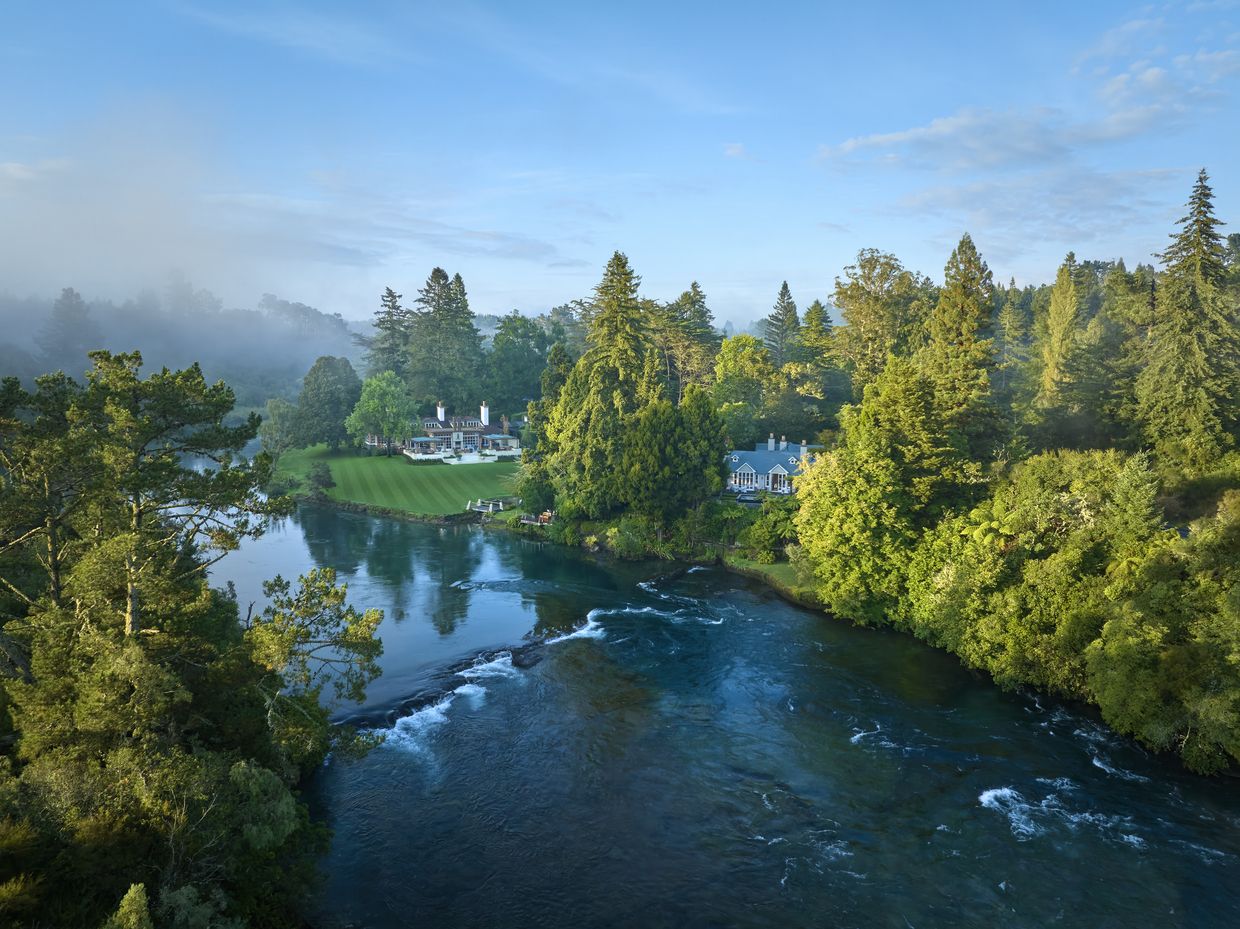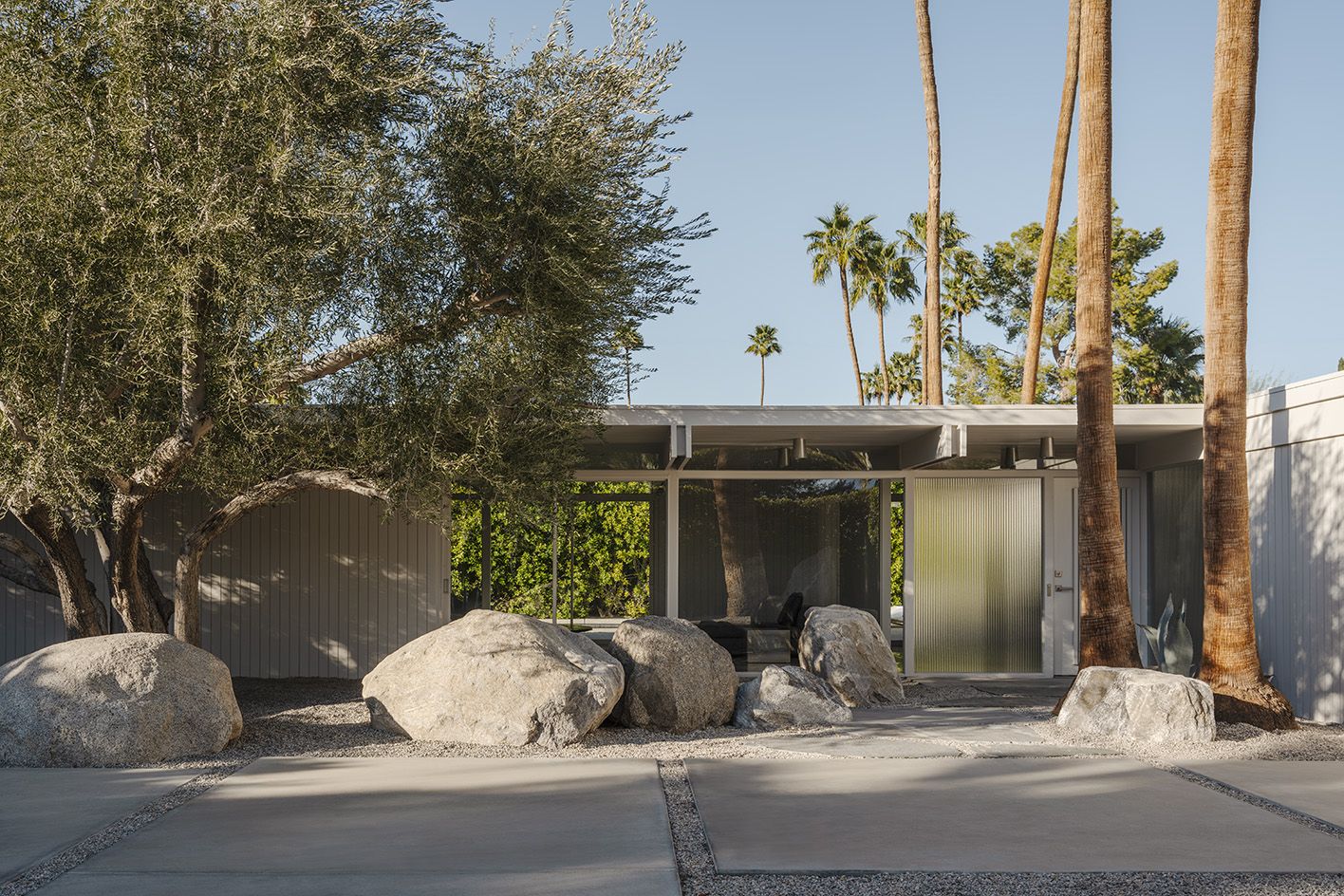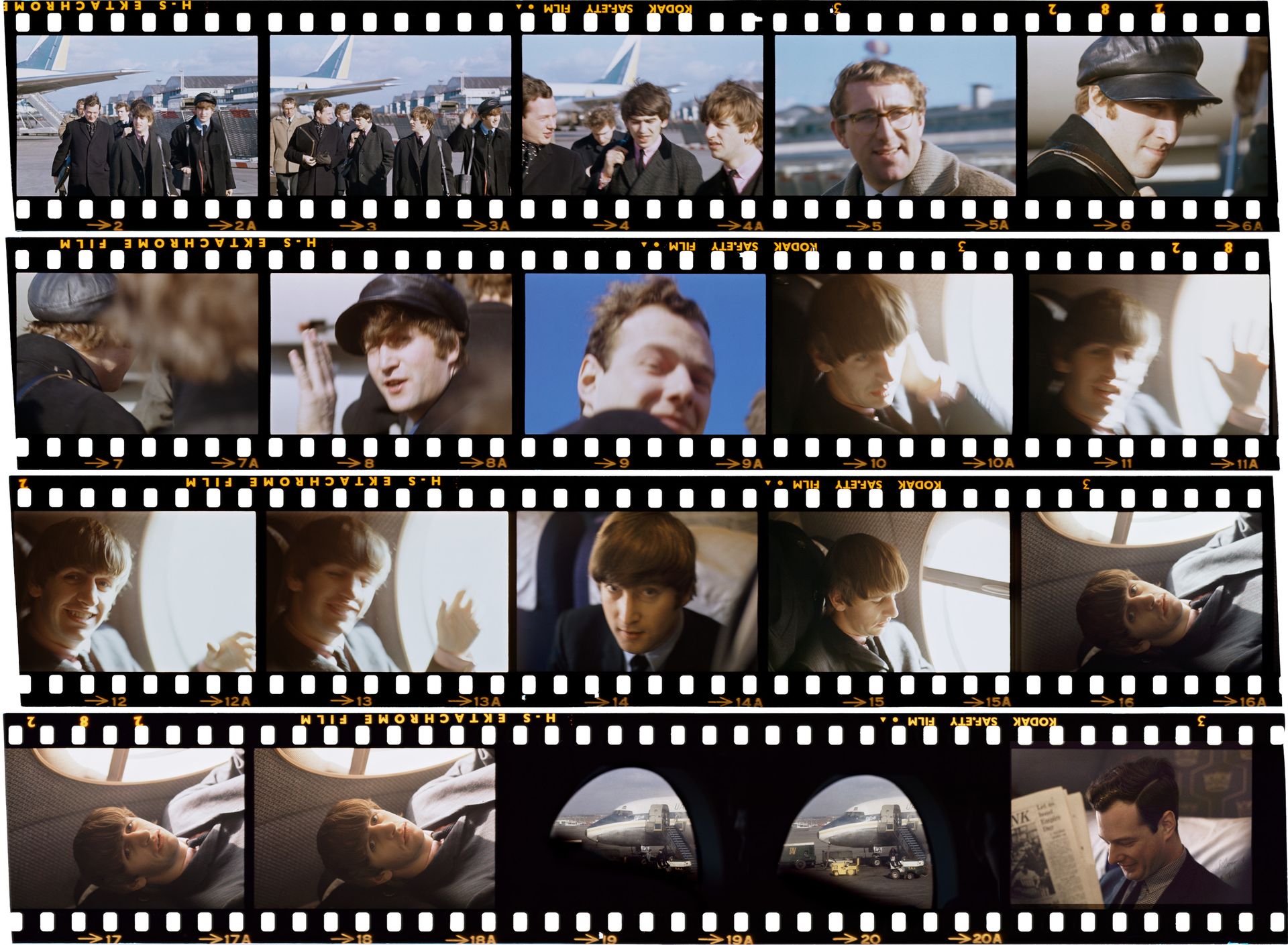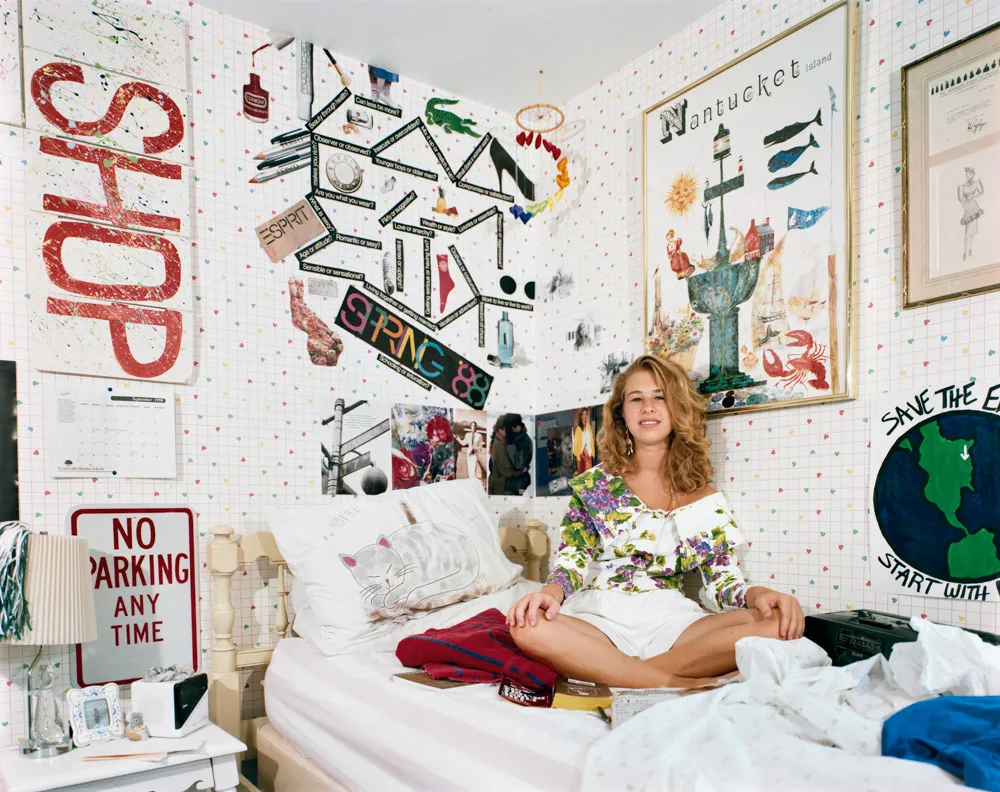| | Lauren Ho, Travel Director Welcome to Weekendpaper*, the Saturday newsletter from the Wallpaper* editors that brings our weekly highlights, from insightful interviews to intriguing exhibitions and tempting purchases, direct to your inbox. Writing from AlUla, Saudi Arabia, with temperatures pushing 45°C by mid-morning, I’m reminded that August is peak summer for many, the moment in the travel calendar when the Mediterranean’s most coveted marinas are full, Amalfi’s hotel concierges are juggling waitlists, and Côte d’Azur beach clubs have been locked in for months.
|
 |
 |
 |
Now, I'm not one for the cold, but I am intrigued by the travel industry’s quiet drift towards the unexpected. This week I’ve been tracking the rise of high‑latitude escapes, from Greenland’s sell‑out expedition sailings, to Norway’s fjords entering their busiest season in years. I’ve also just returned from Huka Lodge (above), which has emerged from a major refurbishment, and I was pleasantly surprised by how lovely New Zealand is in winter. The days felt slower, the air was sharp, and the lodge itself leaned into the season with deep armchairs angled towards cosy fireplaces. In other news, I’m excited to take a look at the annual Wallpaper* USA 400, announced this week. For anyone heading to or staying within the US, this celebration of the people shaping creative America is a reminder of the breadth and diversity of talent and inspiration to find there – whether in hospitality, design, art or beyond. Home or away, Weekendpaper* is also here to inspire: this week, watch architect Glenn Sestig share his favourite objects in our new film; explore a modernist Palm Springs house by Donald Wexler; meet Courrèges’ artistic director Nicolas Di Felice; and treat yourself to the shoes of the season.
|
 |
 |
 |
 |
 |
 |
 |
 |
 |
Architect Glenn Sestig on the objects he loves most |
 |
In the latest episode of our Wallpaper* video series, The Stuff That Surrounds, we’re invited inside the home of Belgian architect Glenn Sestig, which turns out to be just what you'd expect from one of the most distinctive voices in the field today. The house, which Sestig shares with his husband, Bernard Tournemenne – an artist and creative director of Glenn Sestig Architects – was originally designed in the 1970s by Ivan Van Mossevelde for an art collector. ‘Visually, it's very brutalistic. It’s totally concrete, and the plan is very minimalistic,’ says Sestig. ‘So when I saw [it], it was something very close to me.’ It’s filled with sculptures and sculptural forms, from a ceramic by Guy Bareff to stone-hewn Italian street furniture. There’s also a ‘living sculpture’ in the form of Sestig's cat, Tanit, named after the goddess of Ibiza where he rescued her 15 years ago. Seating includes an Oscar Niemeyer ‘Marquesa’ bench, a Zaha Hadid sofa, and the only sofa collection that Carlo Scarpa ever designed. ‘It’s difficult to explain why I like an object,’ says the architect, ‘but it’s important for me that it’s really well done. You will find a lot of different objects in the house, but in the end, you will feel it's very me.’
|
 |
From radical thinking to raving: Nicolas De Felice on revitalising Courrèges |
 |
It’s been six decades since 40 Rue François was selected by André Courrèges as the Paris HQ for his namesake brand. Its current artistic director, Nicolas Di Felice, joined in 2020. ‘When I got here, there was a sign at the entrance to these offices – really quite tiny in size, like this,’ says Di Felice, pinching a few inches of air between his thumb and forefinger. ‘But it was the first thing I noticed. It had been placed there by Coqueline Barrière, André Courrèges’ wife. It read: “Never copy the past”. And for as long as I have this position, this is a message I will carry with me in all that I do.’ Led by this raison d’être, the Belgian-born designer has altered the trajectory of Courrèges, transforming the storied house in just five years from a once-overlooked legacy label into a name firmly cemented in fashion’s zeitgeist. The minimalist codes established by André Courrèges during the 1960s – including technical fabrication, geometric silhouettes and ultra-short hemlines – are now reinterpreted by Di Felice for a new generation.
Hannah Tindle meets the designer in Paris, where he discusses André Courrèges (‘he wasn’t afraid of radical thinking’), his A/W collection (inspired by ‘life’s fleeting moments’), and his passion for the club scene. ‘It’s where I’ve met so many of the friends that I still have today – artists, collaborators and mentors. […] it’s a space that provides a sense of togetherness, an opportunity to let go – which is more difficult than ever these days, I know. But so needed right now.’
|
 |
Inside a Donald Wexler house so magical, its owner bought it twice
|
 |
Daniel Patrick Giles, founder of fragrance company Perfumehead, is so enamoured of this 1955 Palm Springs house by seminal modernist architect Donald Wexler that he has not only purchased it twice, but also created a perfume in its honour. Wexler had built the house, a wood-frame post-and-beam structure, partly as a prototypical vehicle to explore engineering and design concepts. First and foremost, however, it was where he and his wife Marilynn raised their three children. The modest means of a young architect in the early stages of his career largely dictated the materials. Giles, smitten with Palm Springs architecture, bought the property in 2007, when it was languishing on the market and needed work. He began a meticulous restoration, informed by conversations with Wexler himself, who revealed that an original budget larger than his $15,000 GI Bill loan would have led to different choices. ‘I wasn't really dealing with an architect. I was dealing with a father, a husband, who [had] lived there,’ says Giles. He could have ended his relationship with the home when he sold it in 2015, the same year Wexler died. And yet the pull was too strong. Six years later, Giles bought it back and thus began his next chapter at the Wexler House. Explore the results of the latest round of restoration and paring back – almost an ‘under-decoration’ – as Jessica Ritz takes us on a tour. ‘I think 2.0 is almost the best representation of the house,’ says Giles.
|
 |
|
| |
.gif)











.jpg)

.jpg)











